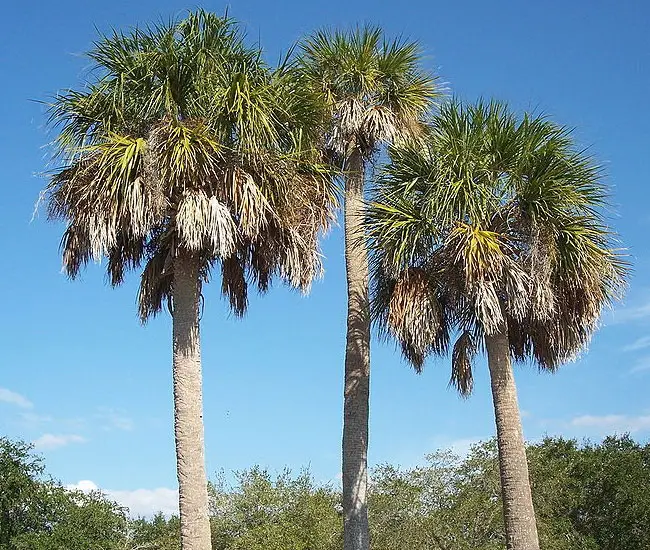
The Cabbage Palm Tree, scientifically known as Sabal palmetto, belongs to the cold-hardy palm genus Sabal. This palm tree has gained popularity due to its remarkable durability and its ability to thrive in a wide range of soil and weather conditions. It’s notably salt-tolerant, making it suitable for coastal areas.
The Cabbage Palm is extensively used for landscaping in Florida and other southern states, including Georgia, South Carolina, North Carolina, Texas, Arizona, and California. It is one of the few palm species native to the United States.
Quick Facts:
| Scientific name: | Sabal palmetto |
| Common names: | Sabal bermudana, Sabal causiarum, Sabal etonia, Sabal mexicana, Sabal minor, Sabal miamiensis, Sabal Palmetto Sabal Palm, Carolina Palmetto, and Sabal Palmetto. All these names come from the Spanish “palmito” that means small palm. |
| Origin: | Native to Southeastern United States. |
| Growth Rate: | Slow. Up to 40 ft tall and 15 ft wide. |
| Cold Tolerance: | USDA Zones 8a (10 -15 F) to – 11 (above 40 F) |
| Light Req: | Full sun. |
| Water Req: | Moderate. Drought tolerant. |
| Soil Req: | Widely adaptable |
| Fruit: | Black. Edible. |
| Propagation: | Seed, germinating in 2-3 months. |
Cabbage Palm Appearance
It is characterized by a single, unbranched gray trunk adorned with old leaf bases or boots that form a distinctive criss-cross pattern. As the palm matures, the trunk becomes smoother and reaches a diameter of about 10-15 inches.
Unlike some palms, the Cabbage Palm lacks a crownshaft, and its large leaves grow directly from the trunk, spreading out in all directions, creating a canopy that can span up to 15 feet in width.
The leaves exhibit shades of bright green to deep olive green, and the stem lacks spines, measuring about 5-6 feet in length.
The Cabbage Palm features costapalmate-type leaves, a combination of palmate and pinnate shapes, with 50-80 leaflets that are 1 to 2 inches wide. Its exceptional durability is attributed to a strong root system that penetrates the soil to a depth of 15-20 feet.
In its natural habitat, Sabal palmetto can reach towering heights of up to 80 feet, but in cultivation, it typically remains between 30-40 feet in height and 10-15 feet in width.
Cabbage Palm Flowers and Fruits
The Cabbage Palm produces small, creamy-white flowers that are held on long, arching inflorescences. These flowers are unisexual, meaning each palm tree produces either male or female flowers. The inflorescences can be quite large, reaching several feet long, and emerging from among the palm’s leaves.
The flowering season typically occurs in late spring to early summer, depending on the climate and location. During this time, the Cabbage Palm’s canopy is adorned with attractive and fragrant blooms, which serve as a food source for various pollinators, including bees and butterflies.
Following successful pollination, the female Cabbage Palm trees produce small, round fruit clusters. These fruits are initially green but gradually turn dark brown or black as they ripen. Each cluster contains numerous small, round, and fleshy fruits, each with a single seed inside.
While the fruits are technically edible, they are not typically consumed by humans due to their small size and lack of significant flesh. Instead, they serve as a valuable food source for wildlife, including birds and small mammals, which help disperse the palm’s seeds in the surrounding ecosystem.
How to Care For Cabbage Palm
This palm’s adaptability to diverse soil and weather conditions makes it highly resilient. It can withstand drought and cold temperatures as low as 10°F once it matures. It thrives in USDA Zones 8a (10 to 15°F) to 11 (above 40°F).
The Cabbage Palm prefers full sun but can tolerate partial shade, with reduced sun exposure leading to a larger crown. While it is a highly adaptable palm, it thrives in moist, well-drained soil.
Maintaining the Cabbage Palm is relatively hassle-free. Applying a good-quality palm fertilizer with a continuous-release formula twice a year during the growing season is typically sufficient.
Although generally robust, the Cabbage Palm may occasionally face issues with leaf hoppers, Palmetto weevils, Ganoderma fungus, and graphiola false smut.
Cabbage Palm Pictures
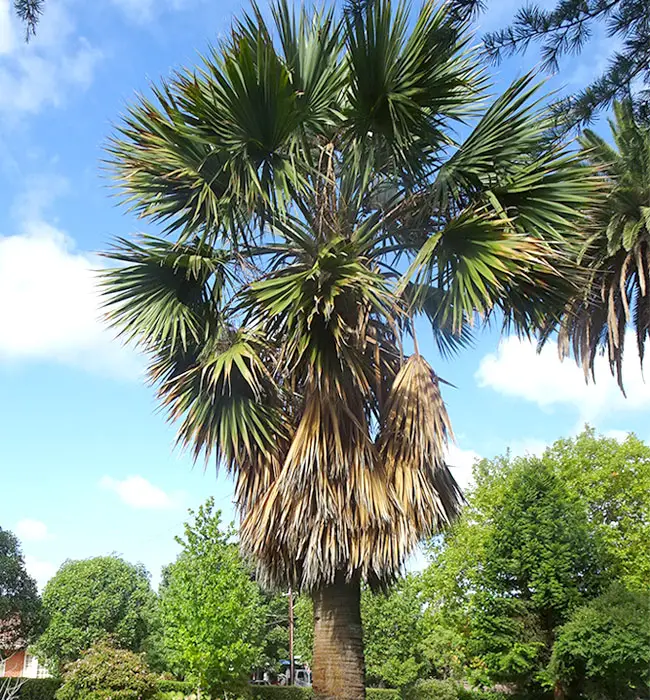

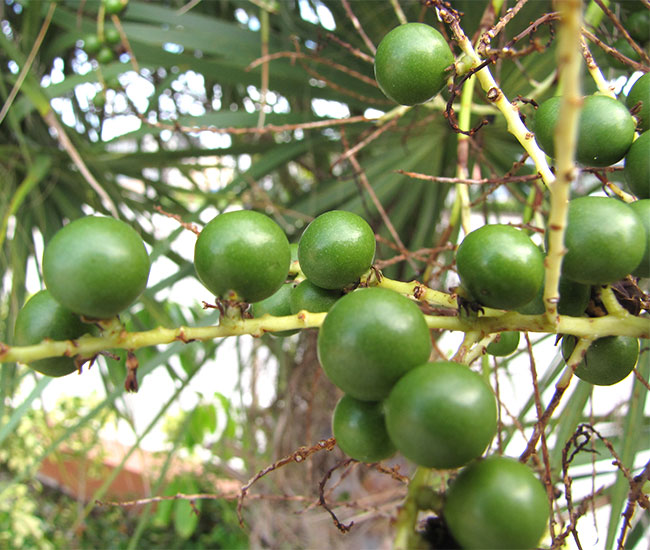
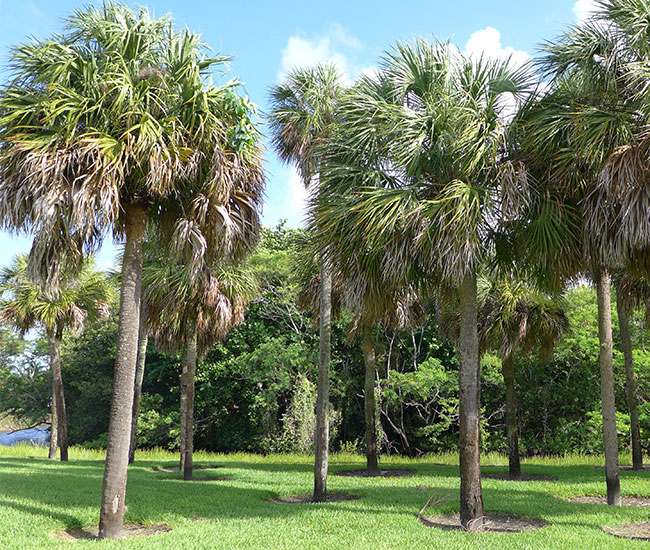
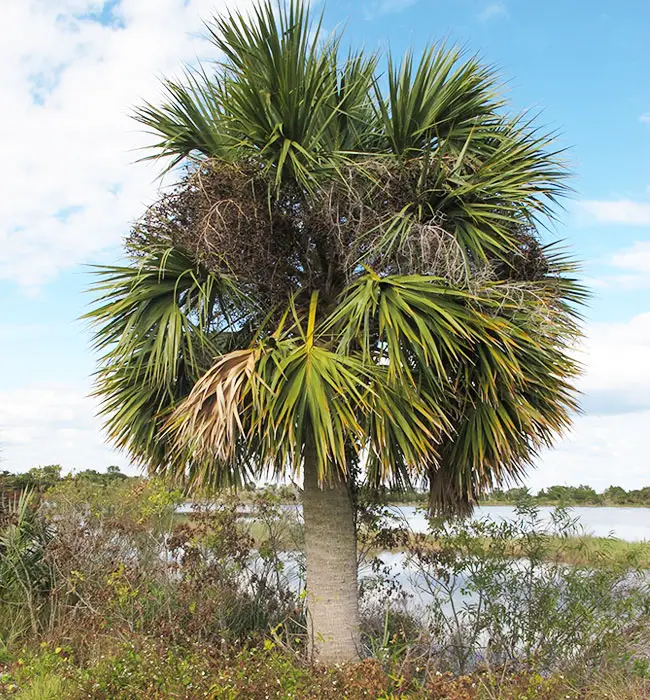
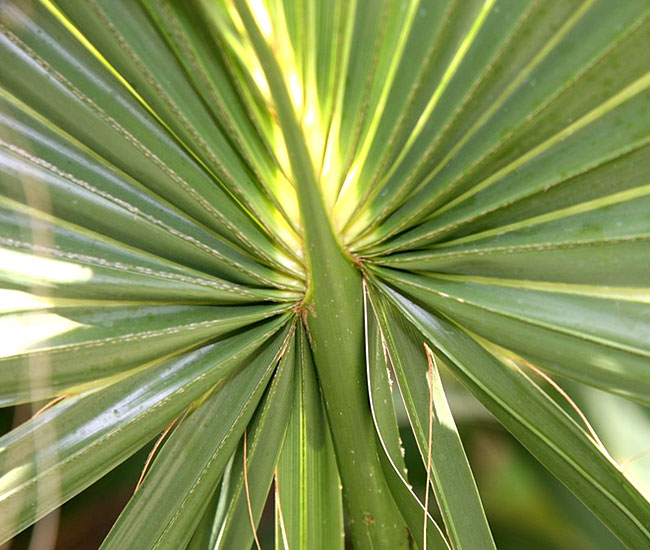
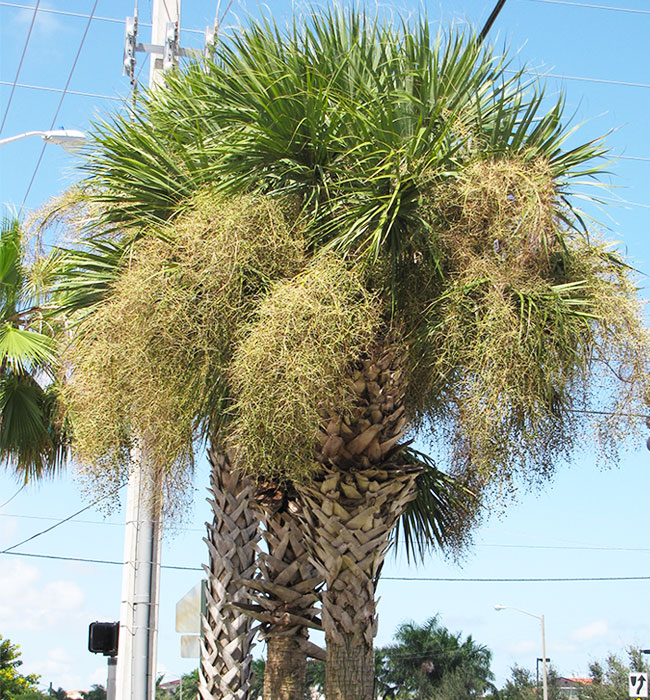
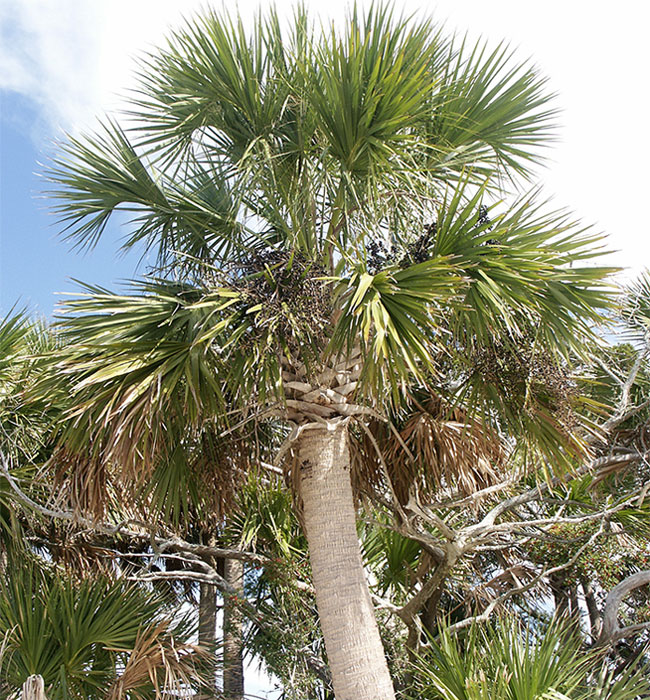
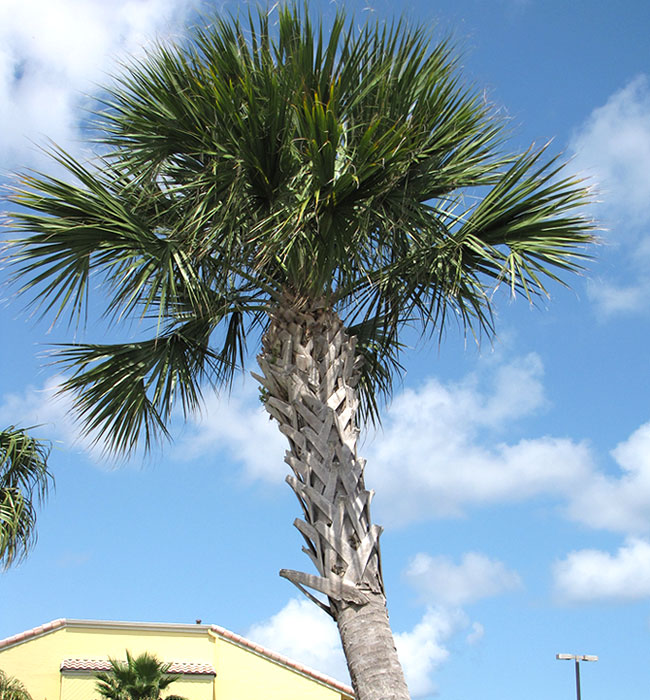
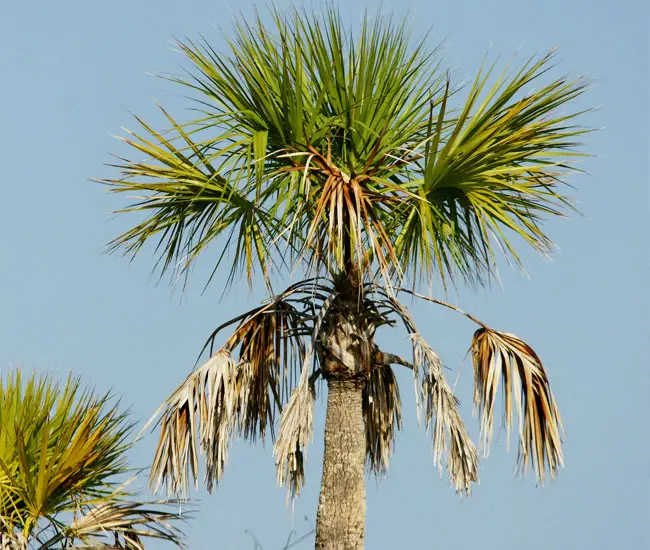
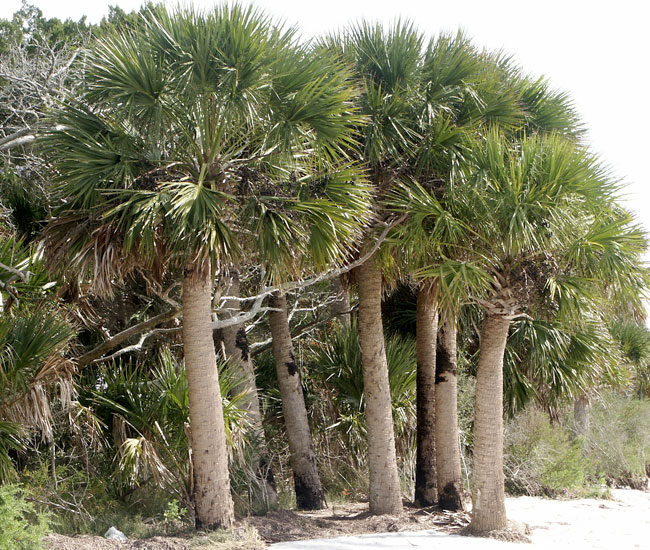
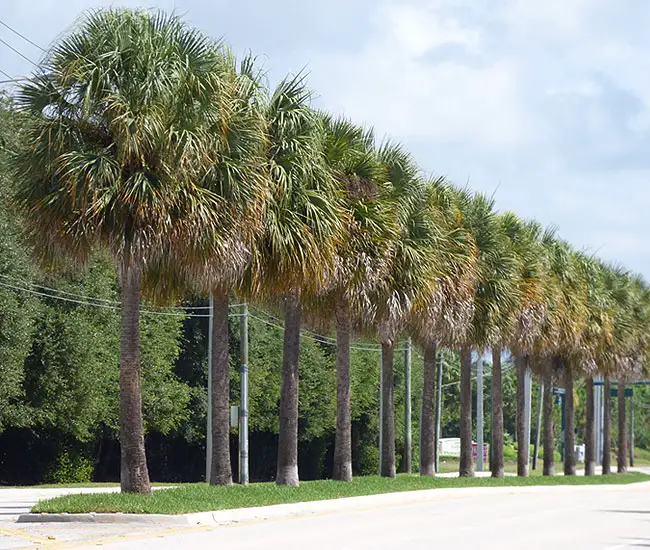
More information can be found on EDIS and Floridata sites.

QUESTION: HOW OLD DO THE CABBAGE GET? I KNOW OF ONE THAT IS AT LEAST 80. I REMEMBER IT FROM WHEN I WAS SIX YEARS OLD.
Are the boots permanent, or will they eventually shed the boot?